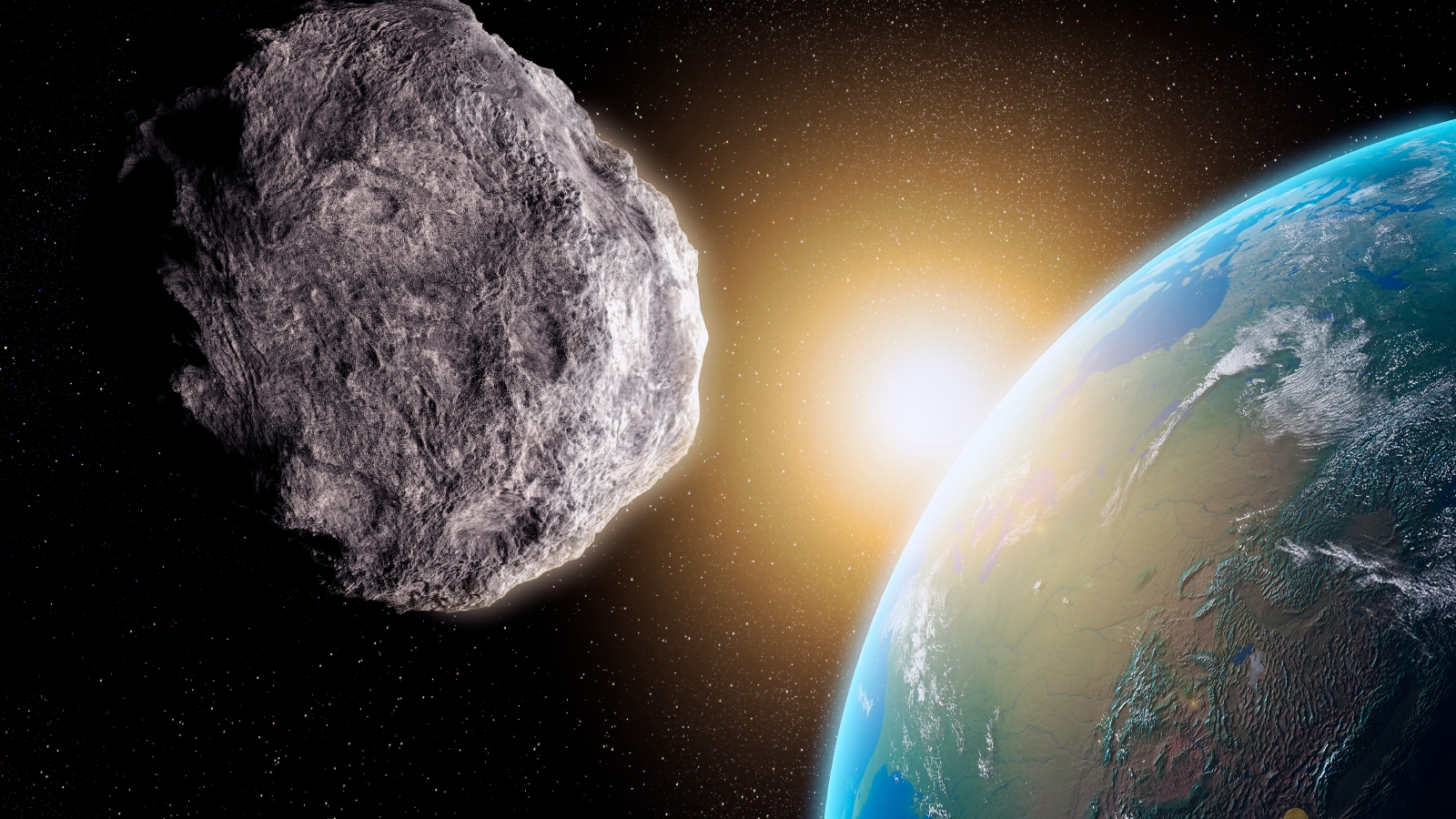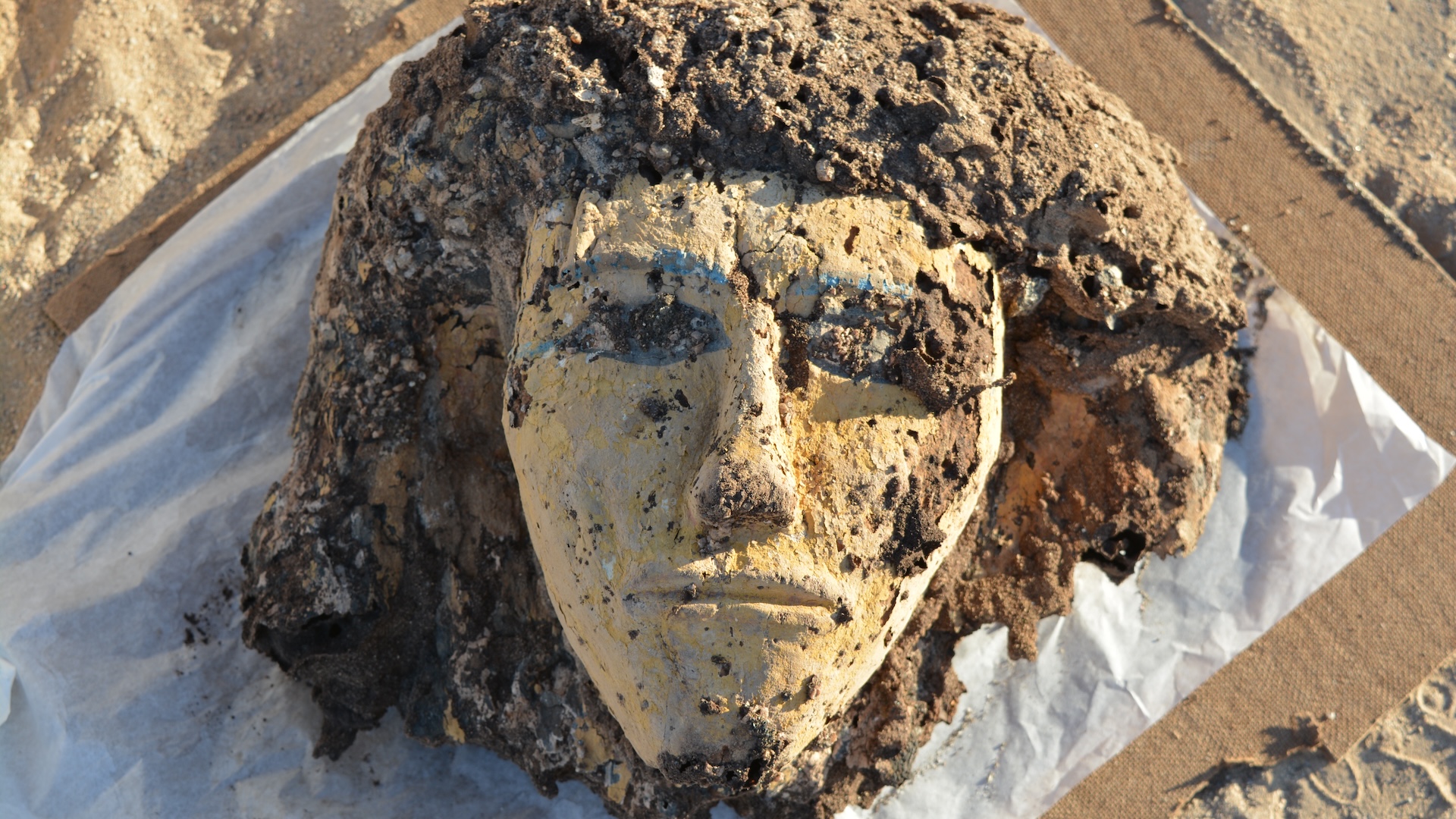Now Reading: Pyramid-Sized Asteroid to Make Closest Earth Flyby in Over a Century This Wednesday
-
01
Pyramid-Sized Asteroid to Make Closest Earth Flyby in Over a Century This Wednesday
Pyramid-Sized Asteroid to Make Closest Earth Flyby in Over a Century This Wednesday

Quick Summary
- Pyramid-size asteroid 2014 TN17, classified as “possibly hazardous” by NASA due to its size and proximity, will make its closest flyby of Earth in over 100 years on March 26.
- The asteroid is approximately 540 feet wide (wider than the Great Pyramid of Giza) and will travel at around 48,000 mph during its approach.
- it will come within 3.2 million miles (5.1 million km) of Earth-13 times farther than the moon-and poses no risk to the planet now or in the foreseeable future according to NASA’s simulations spanning from 1906 to 2200.
- NASA’s Goldstone Solar System Radar system in California will observe the asteroid for further research during this encounter.
- The study of asteroids like this one contributes valuable data for planetary defense strategies such as trajectory monitoring and deflection approaches demonstrated by missions like DART.
Image Highlights:
- An illustration showing a large rock floating near Earth (View Image).
- Diagram showing orbital paths related to asteroid flybys (View Image).
- blurry radar image of an asteroid taken using NASA’s facilities (View Image).
Indian Opinion Analysis
Asteroid flybys such as that of 2014 TN17 underscore humanity’s growing capacity for space observation and planetary defense efforts-a field advanced considerably by institutions like NASA and their missions such as DART (Double Asteroid Redirection Test). For India,which has invested heavily into space exploration through ISRO’s endeavors,these observations provide valuable lessons about early detection systems and technologies needed for global collaboration on potential asteroid threats.
Tracking potentially hazardous asteroids not only ensures Earth’s safety but also opens pathways for scientific discoveries regarding our solar system’s dynamics,origins,and evolution-a domain where India can contribute expertise through ongoing projects like Aditya-L1 focused on solar research or Chandrayaan lunar programs investigating extraterrestrial terrain.
While current orbital forecasts rule out risks posed by asteroids like TN17 or others mentioned in the report (e.g., Apophis), maintaining preparedness based on shared data is essential internationally given unpredictable celestial phenomena-offering opportunities for Indian researchers to participate actively with global counterparts in shaping robust planetary defense frameworks.



























